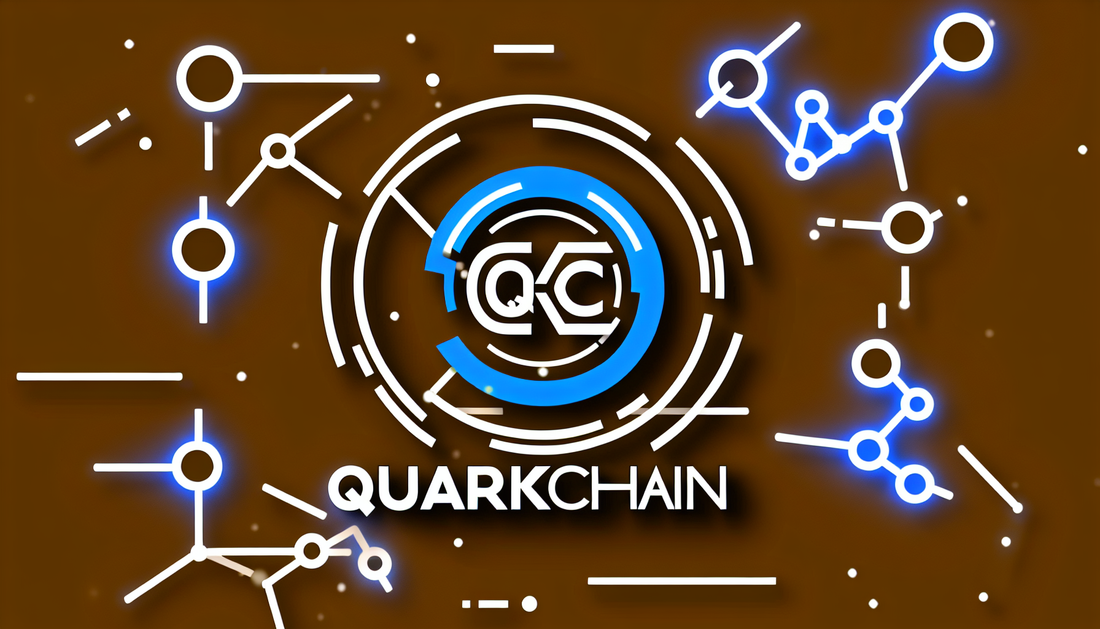
Unpacking QuarkChain: The Future of Blockchain Scalability
Share
Understanding QuarkChain (QKC): How It Works
QuarkChain (QKC) is a blockchain network designed to enhance scalability and decentralization through the implementation of advanced sharding technology. As the blockchain ecosystem grows, scalability remains a critical challenge, and QuarkChain aims to address this by allowing multiple sub-chains to operate autonomously within a unified ecosystem.
Sharding Architecture
Central to QuarkChain’s approach is its sharding architecture, which divides the network into smaller, manageable parts called shards. Each shard functions similarly to a mini-blockchain, with its own transactions, smart contracts, and consensus mechanism. This structure enables parallel processing across shards, significantly enhancing the network's transaction throughput.
Root Chain and Sub-Chains
The QuarkChain network comprises a root chain and multiple sub-chains. The root chain is responsible for the overall consensus and security of the network, while sub-chains handle specific transaction loads. This dual-layer design ensures the security and scalability of QuarkChain while enabling a high degree of flexibility.
Consensus Mechanism
QuarkChain employs a unique consensus mechanism that combines Proof of Work (PoW) with a collaborative mining model. This allows miners to simultaneously mine on both the root chain and sub-chains. The integrated mining strategy incentivizes miners to contribute to the network's security while optimizing resource utilization.
Cross-Shard Transactions
One of the significant challenges in a sharded blockchain is enabling efficient cross-shard transactions. QuarkChain seamlessly manages such transactions through a mechanism that ensures consistency and security across different shards. This functionality ensures that users can transact freely across the network without concerns about delays or loss of transaction integrity.
Scalability and Flexibility
By leveraging its unique architectural approach, QuarkChain provides robust scalability without sacrificing decentralization or security. The system can dynamically adapt by adding more shards as network demand increases, ensuring that resources are allocated efficiently. This flexibility is critical for applications that require high throughput, such as decentralized finance (DeFi) and enterprise blockchain solutions.
To explore more about the intricacies of blockchain systems and advancements, consider reading this article on blockchain's role in digital supply chains on BestDApps.
